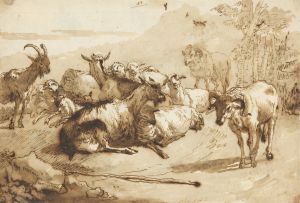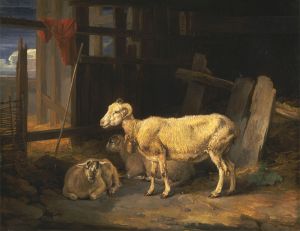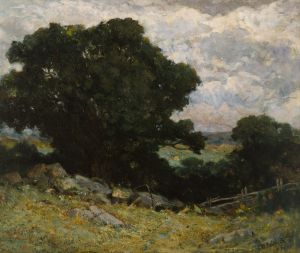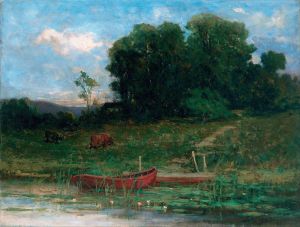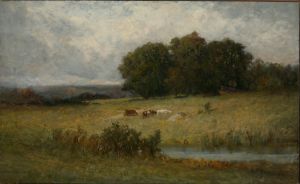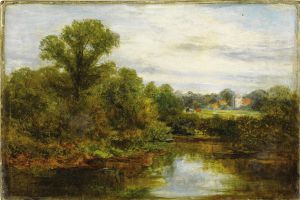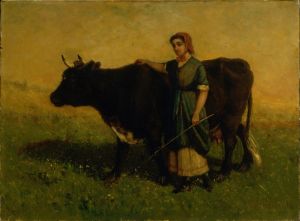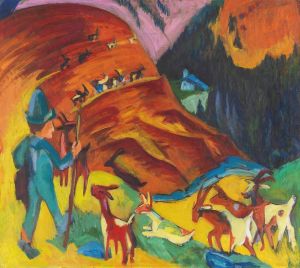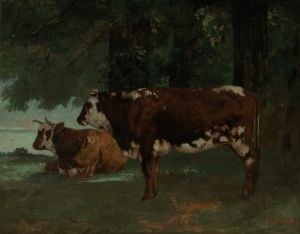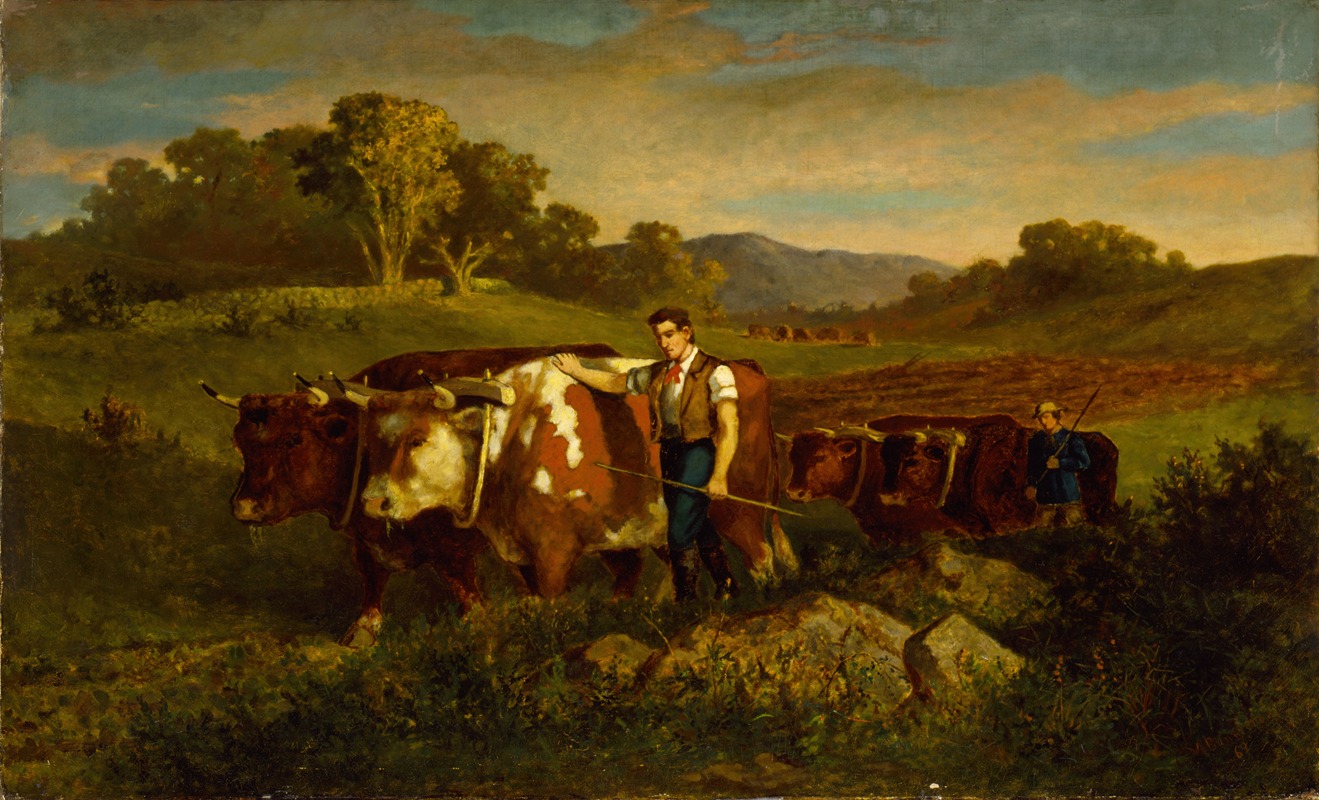
Herdsmen with Cows
A hand-painted replica of Edward Mitchell Bannister’s masterpiece Herdsmen with Cows, meticulously crafted by professional artists to capture the true essence of the original. Each piece is created with museum-quality canvas and rare mineral pigments, carefully painted by experienced artists with delicate brushstrokes and rich, layered colors to perfectly recreate the texture of the original artwork. Unlike machine-printed reproductions, this hand-painted version brings the painting to life, infused with the artist’s emotions and skill in every stroke. Whether for personal collection or home decoration, it instantly elevates the artistic atmosphere of any space.
Edward Mitchell Bannister (1828–1901) was an African American artist known for his contributions to the 19th-century American art scene, particularly within the Barbizon-inspired landscape tradition. One of his works, Herdsmen with Cows, exemplifies his dedication to capturing serene rural scenes and his mastery of tonal harmony and atmospheric effects.
Bannister was born in St. Andrews, New Brunswick, Canada, and later moved to the United States, where he became a prominent figure in the Providence, Rhode Island, art community. Despite facing racial prejudice throughout his life, Bannister achieved recognition for his artistic talent. He was notably awarded a first-prize medal at the 1876 Philadelphia Centennial Exposition for his painting Under the Oaks, a significant accomplishment for an African American artist during that era.
Herdsmen with Cows reflects Bannister's characteristic style, which often drew inspiration from the Barbizon School, a mid-19th-century French art movement that emphasized naturalistic depictions of rural life and landscapes. The painting portrays a tranquil pastoral scene, with herdsmen tending to cows in a lush, open setting. Bannister's use of soft, diffused light and earthy tones creates a sense of calm and harmony, inviting viewers to appreciate the beauty of the natural world.
Bannister's works, including Herdsmen with Cows, often avoided overt political or social commentary, focusing instead on universal themes of nature and humanity's relationship with the environment. This approach allowed him to transcend the racial barriers of his time and gain acceptance within the predominantly white art establishment. His dedication to his craft and his ability to convey emotion through landscape painting earned him respect among his peers and collectors.
Today, Bannister's paintings are celebrated for their technical skill and emotional depth. His work is included in the collections of several major institutions, such as the Smithsonian American Art Museum and the Rhode Island School of Design Museum. Herdsmen with Cows stands as a testament to Bannister's artistic vision and his ability to find beauty in the simplicity of rural life.






